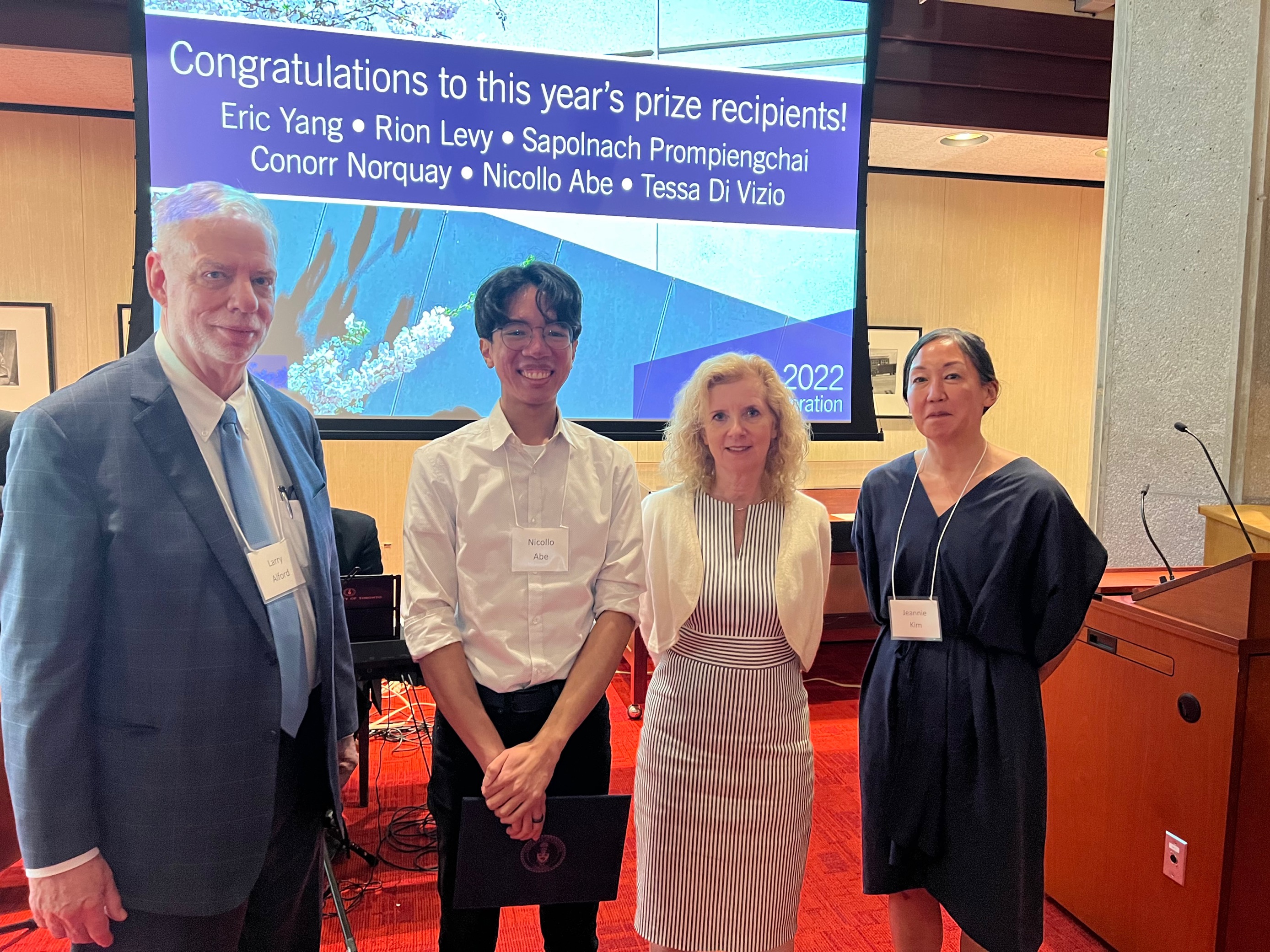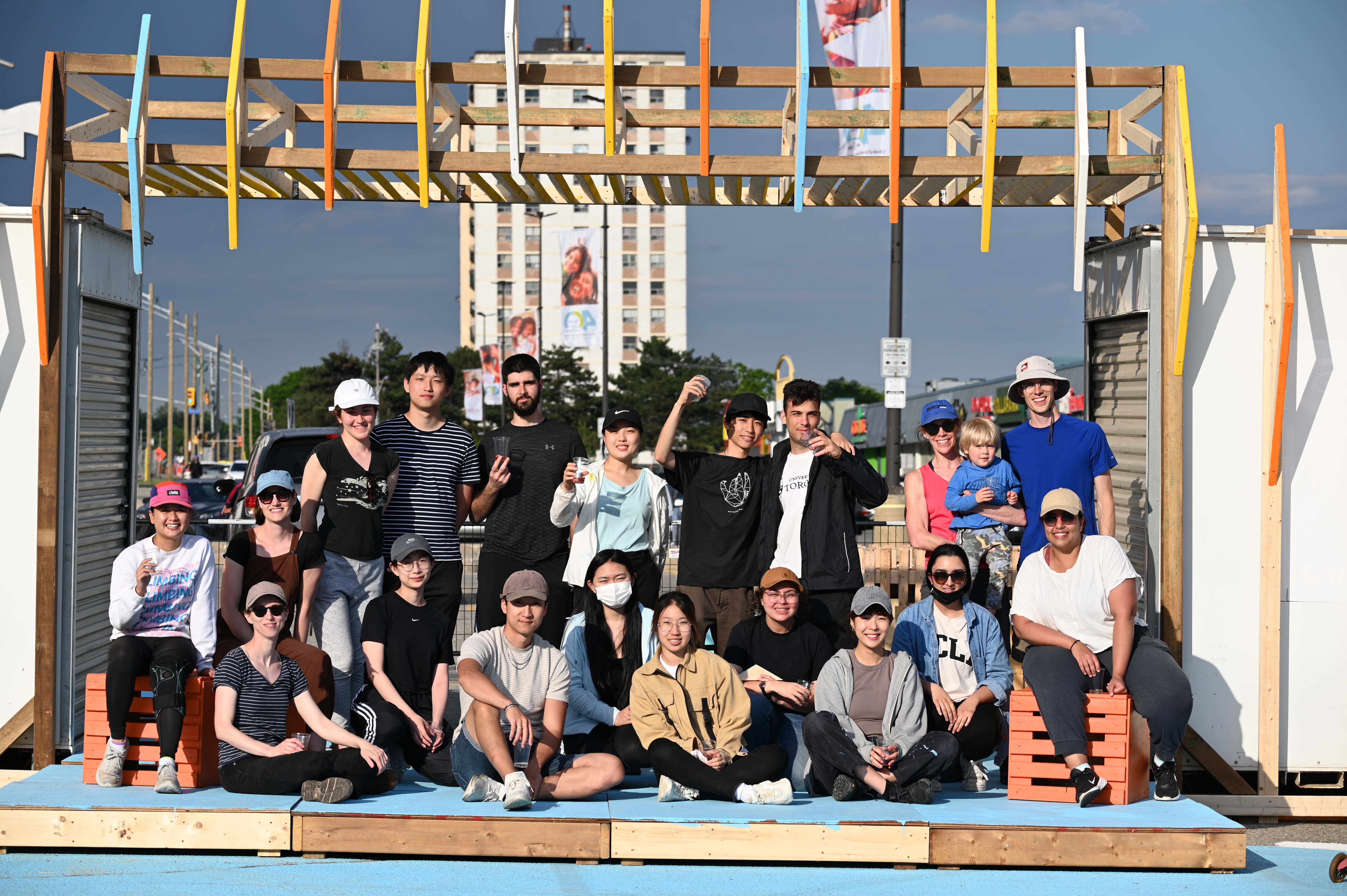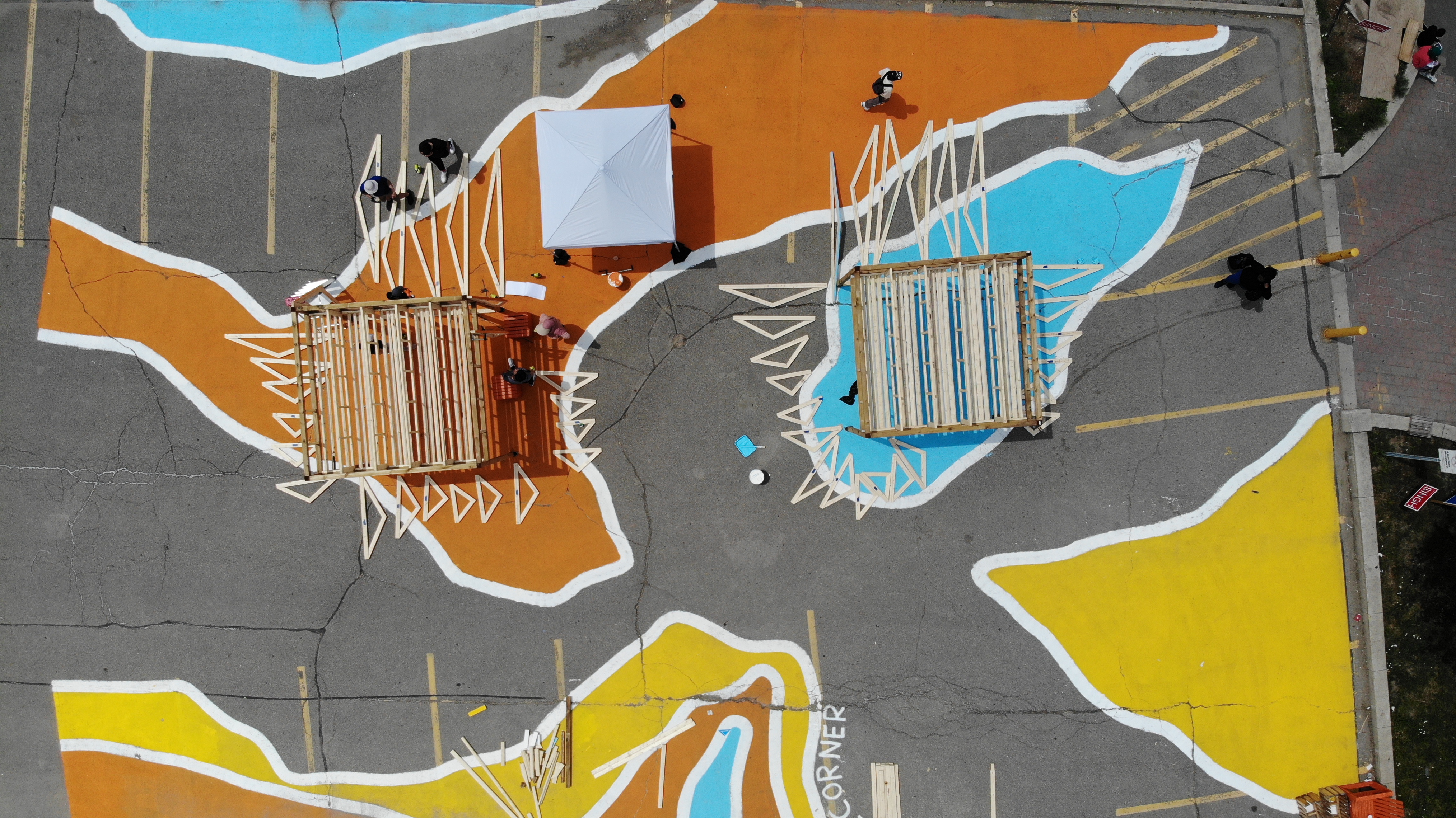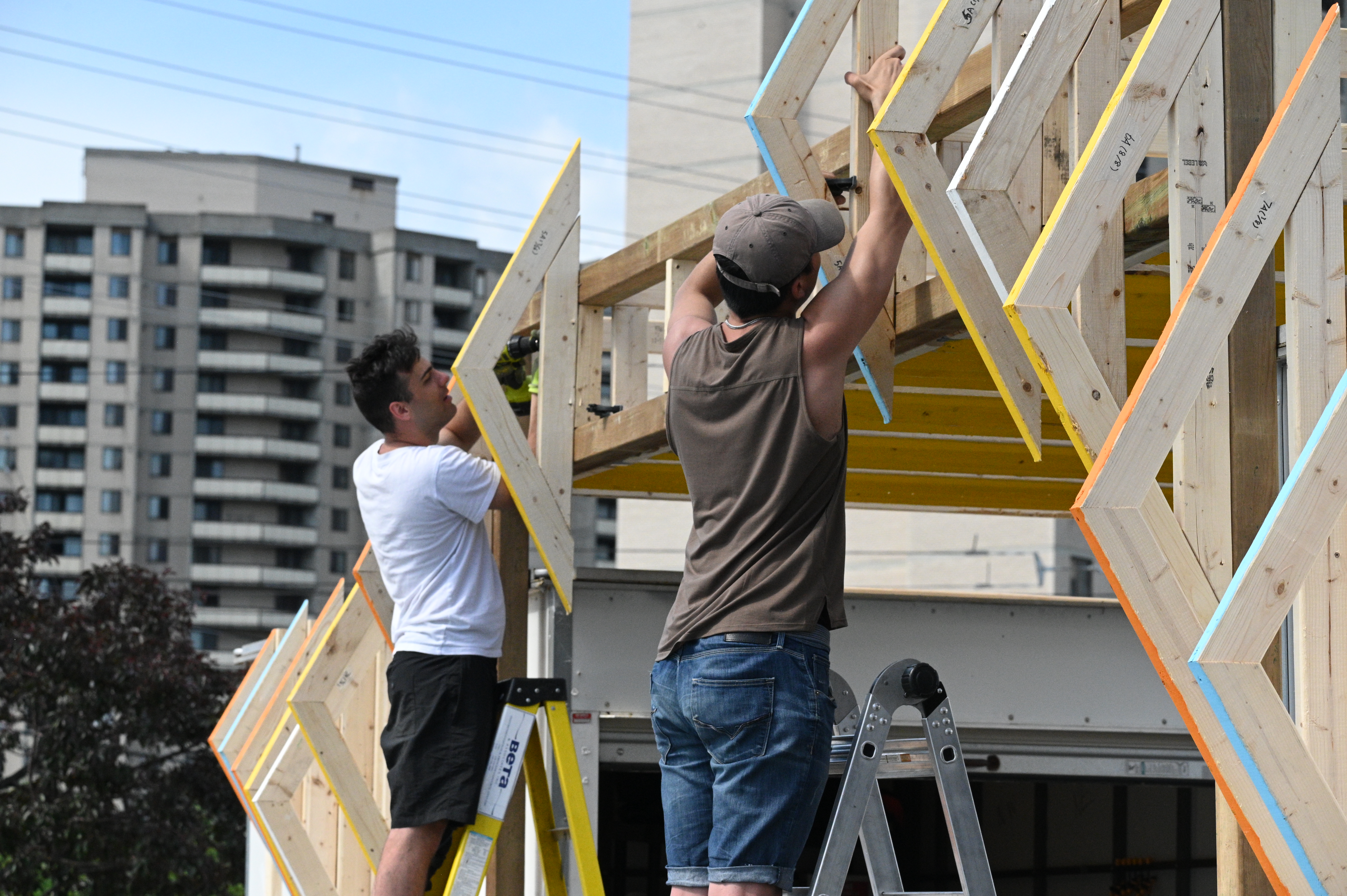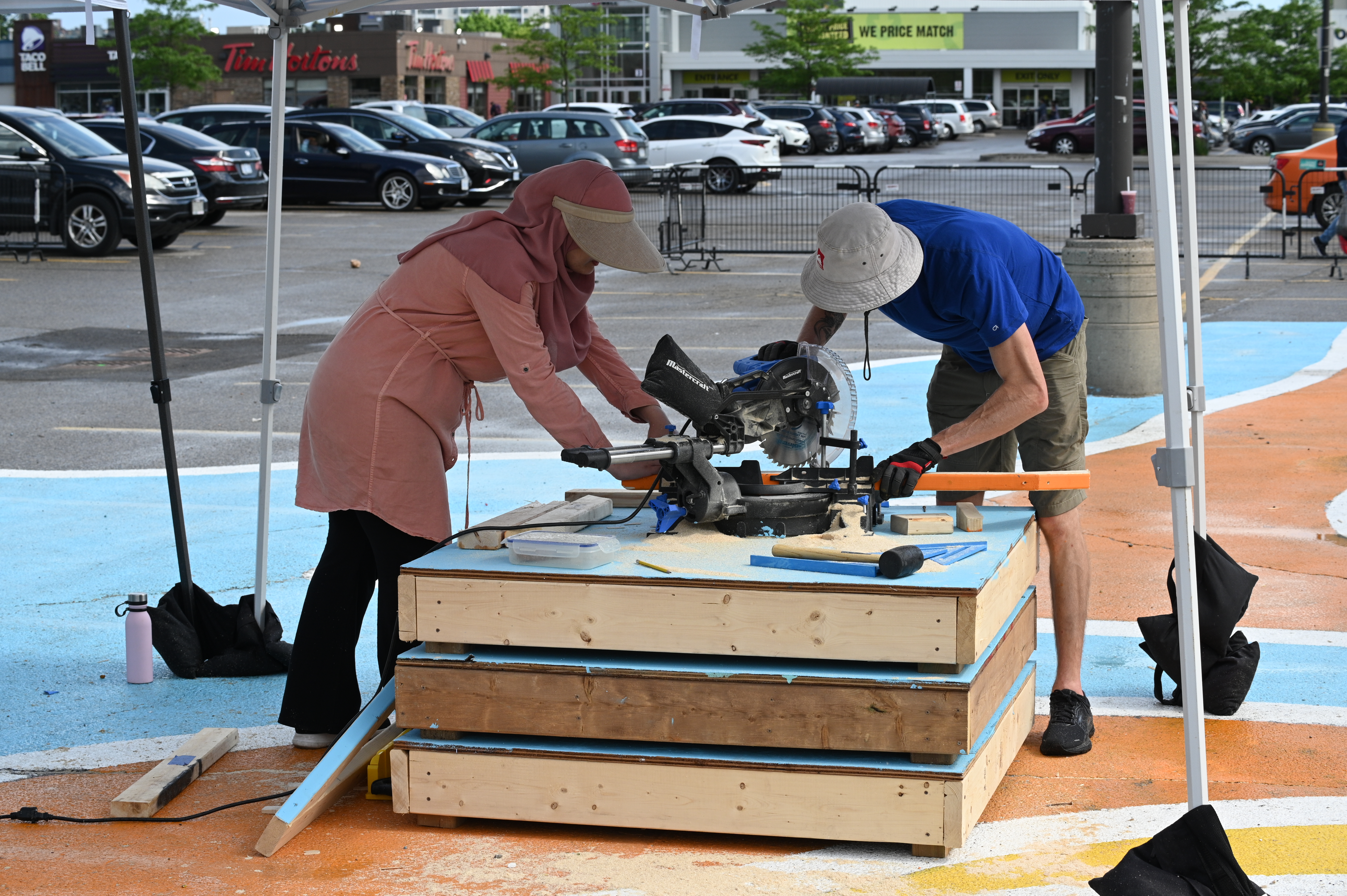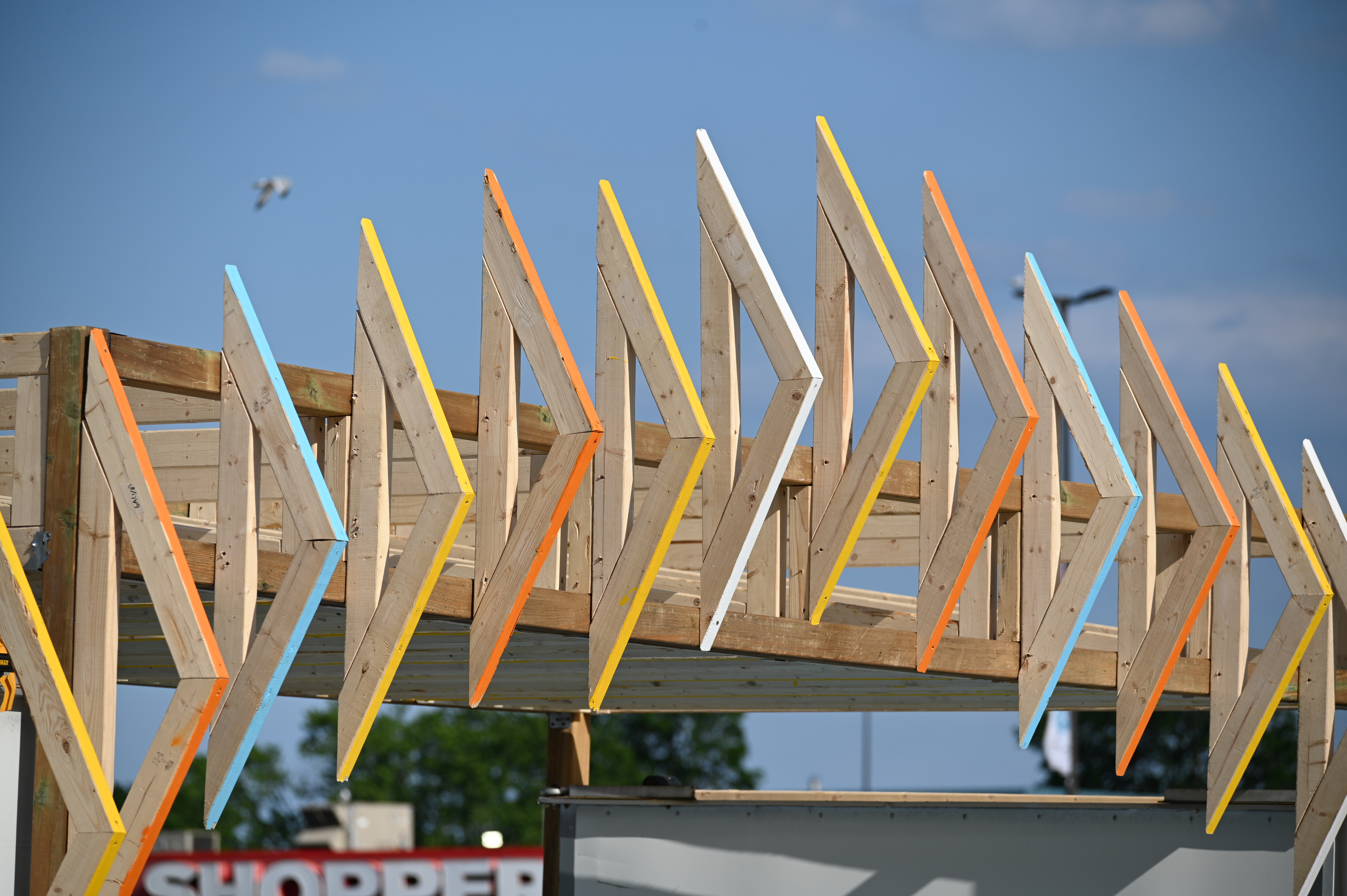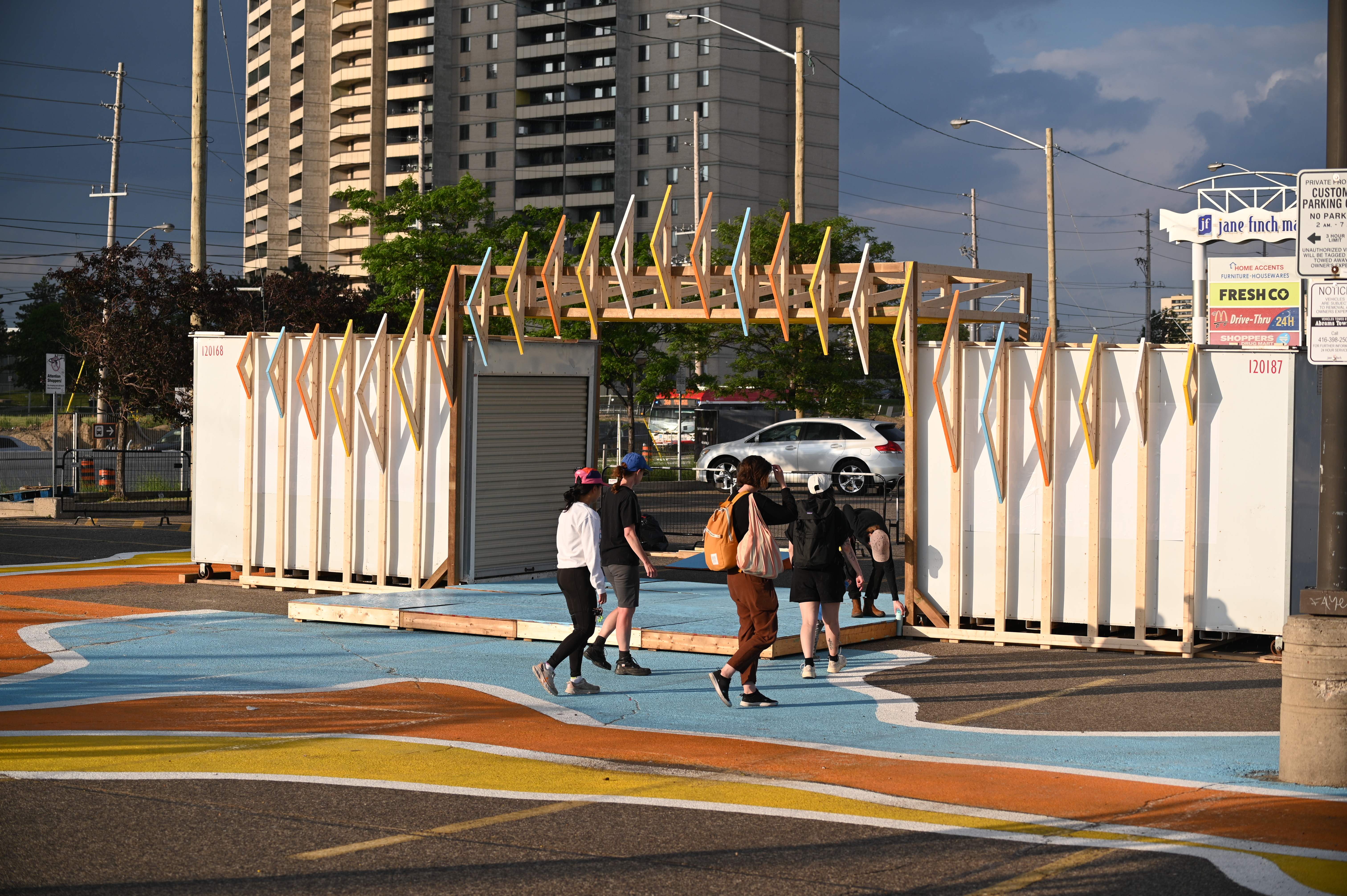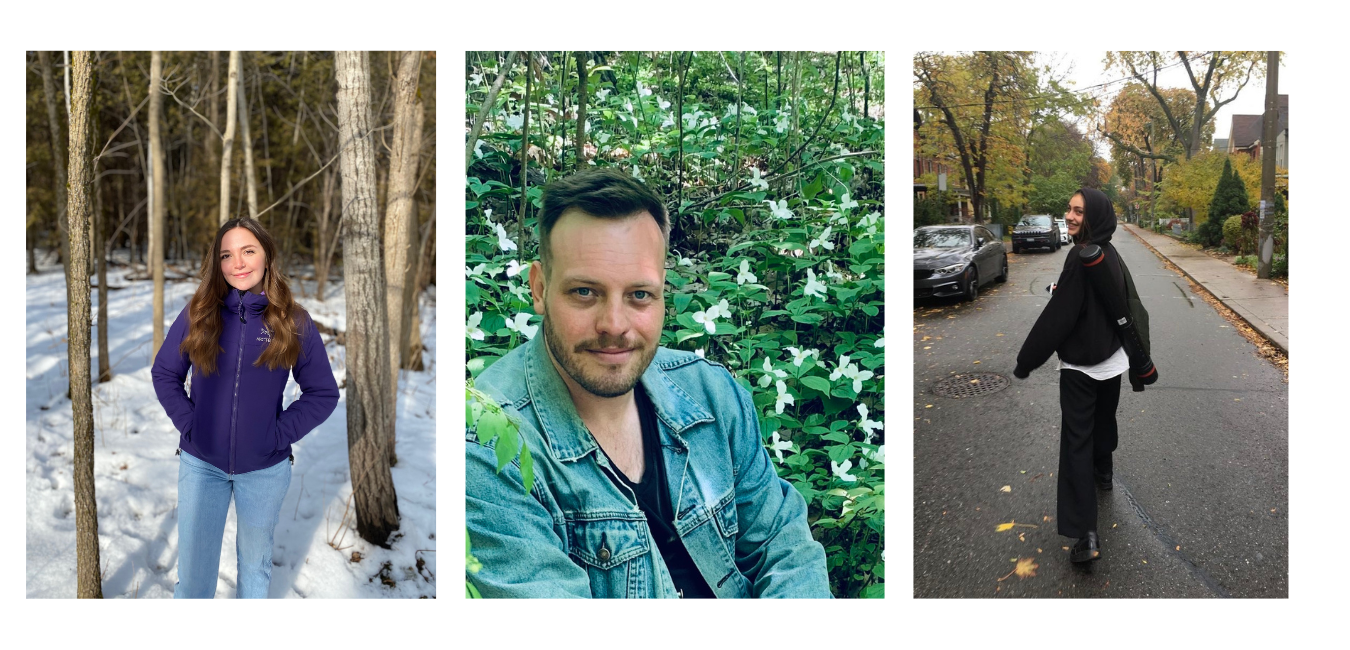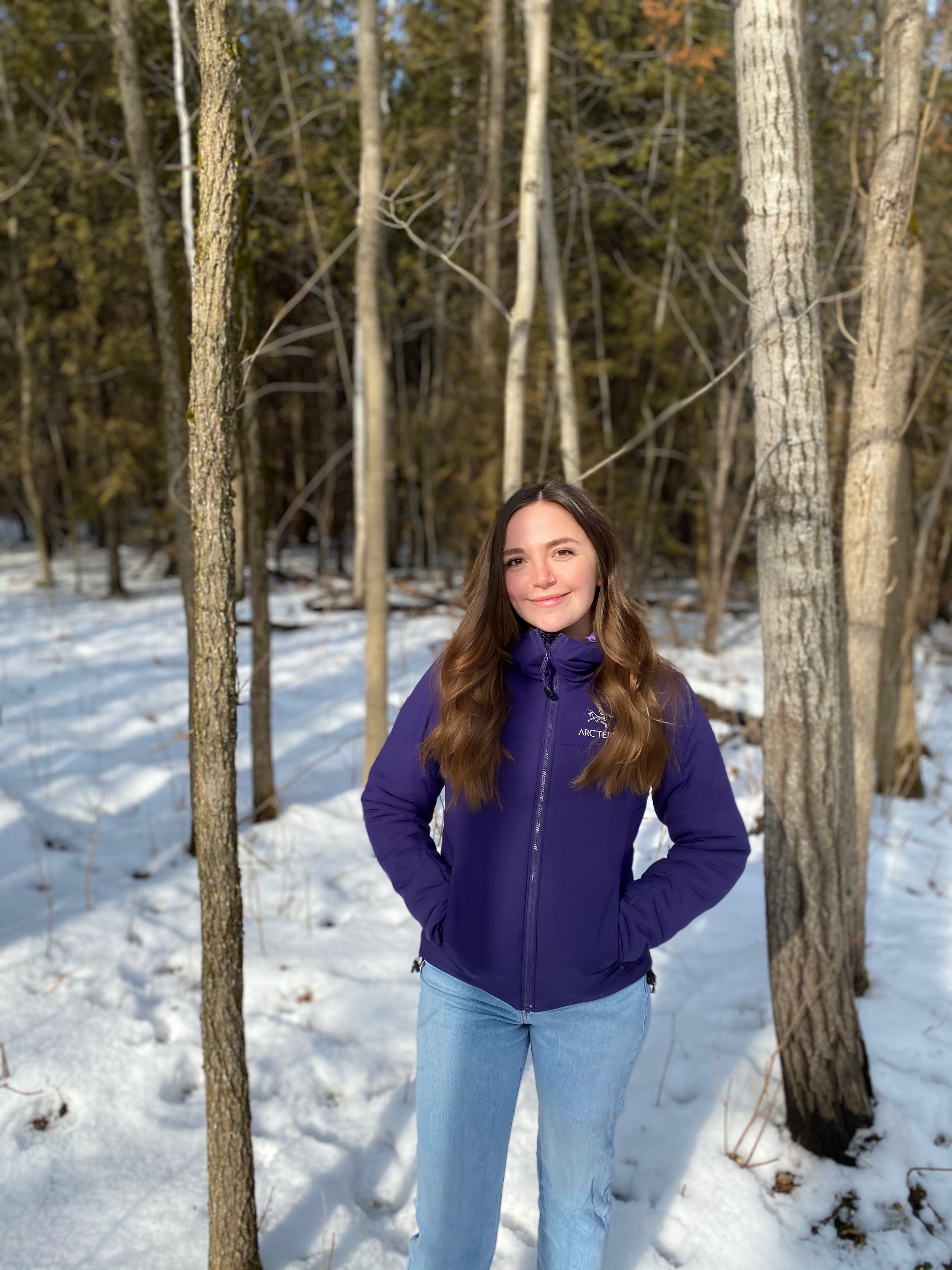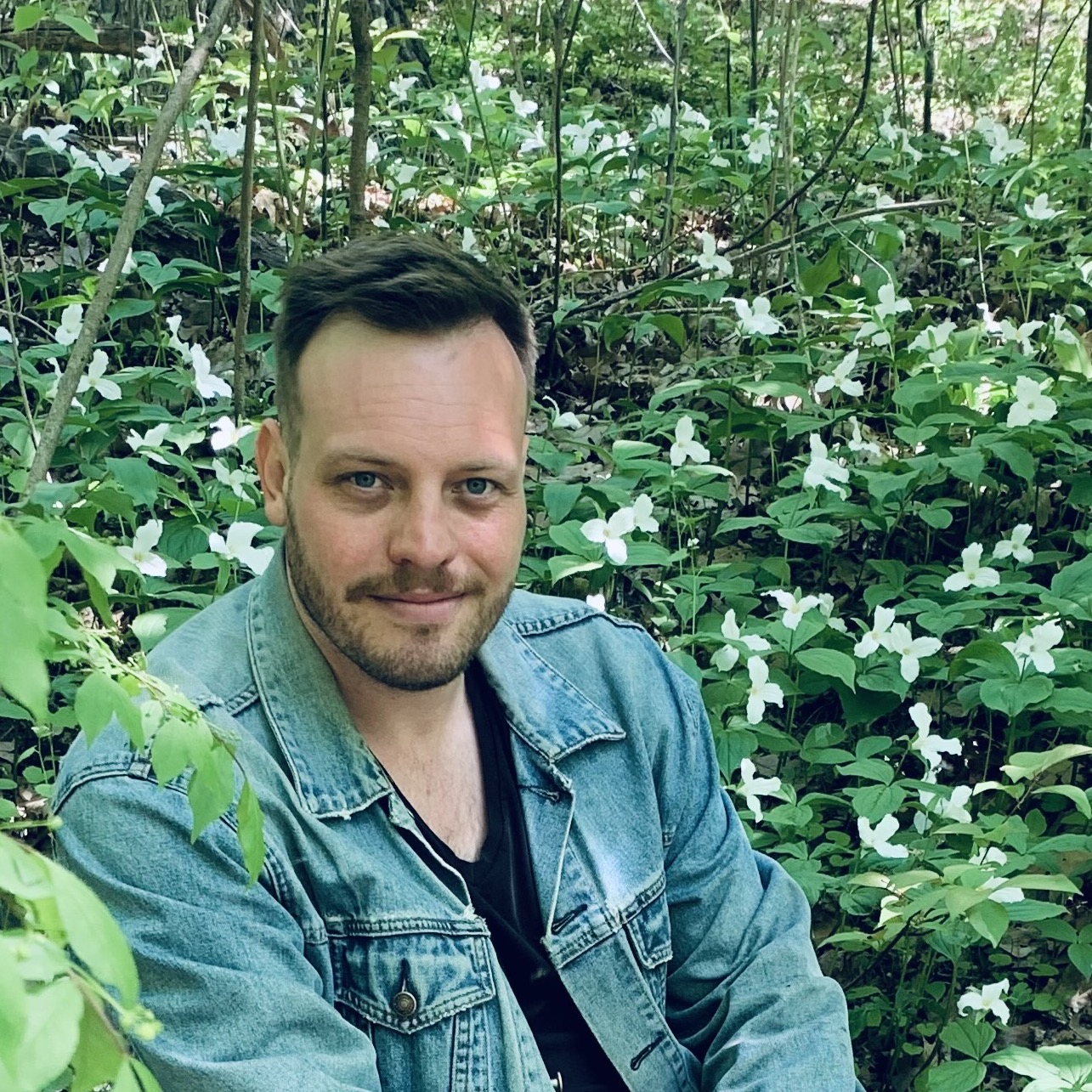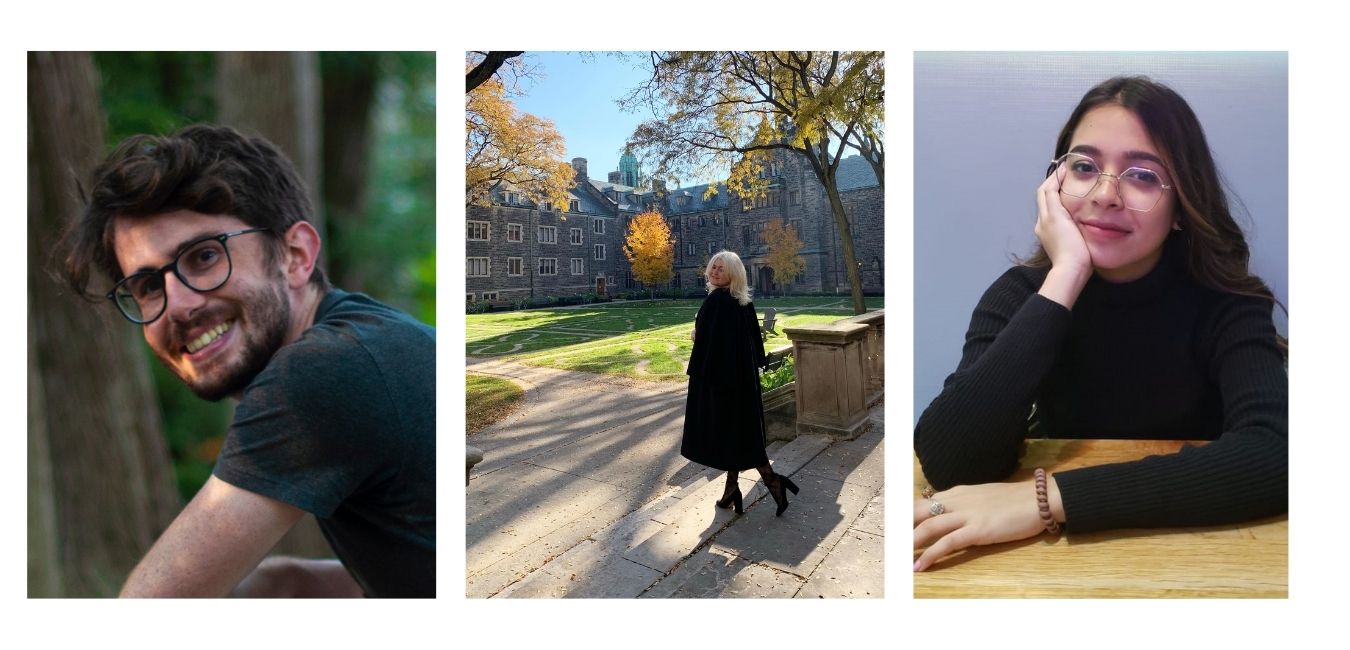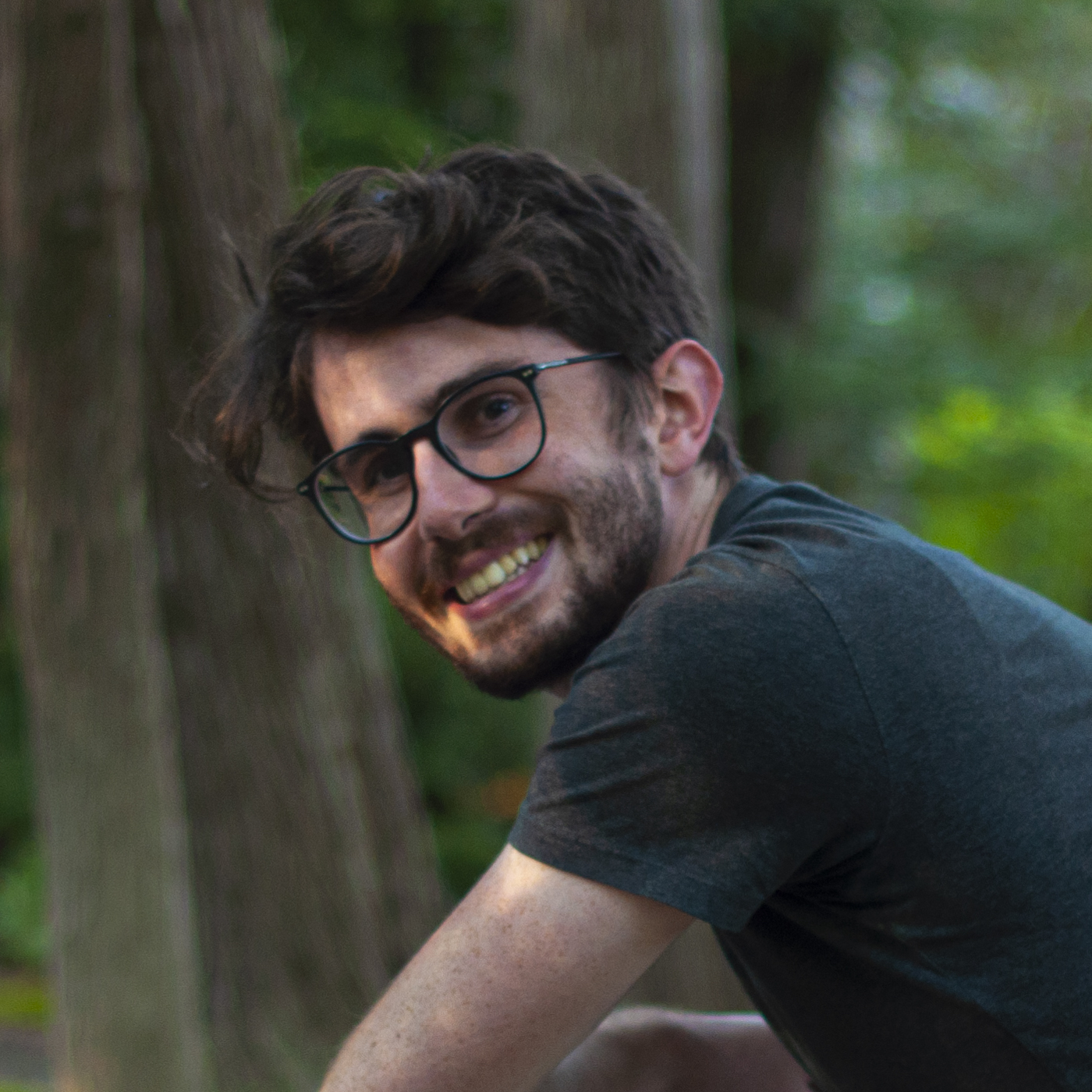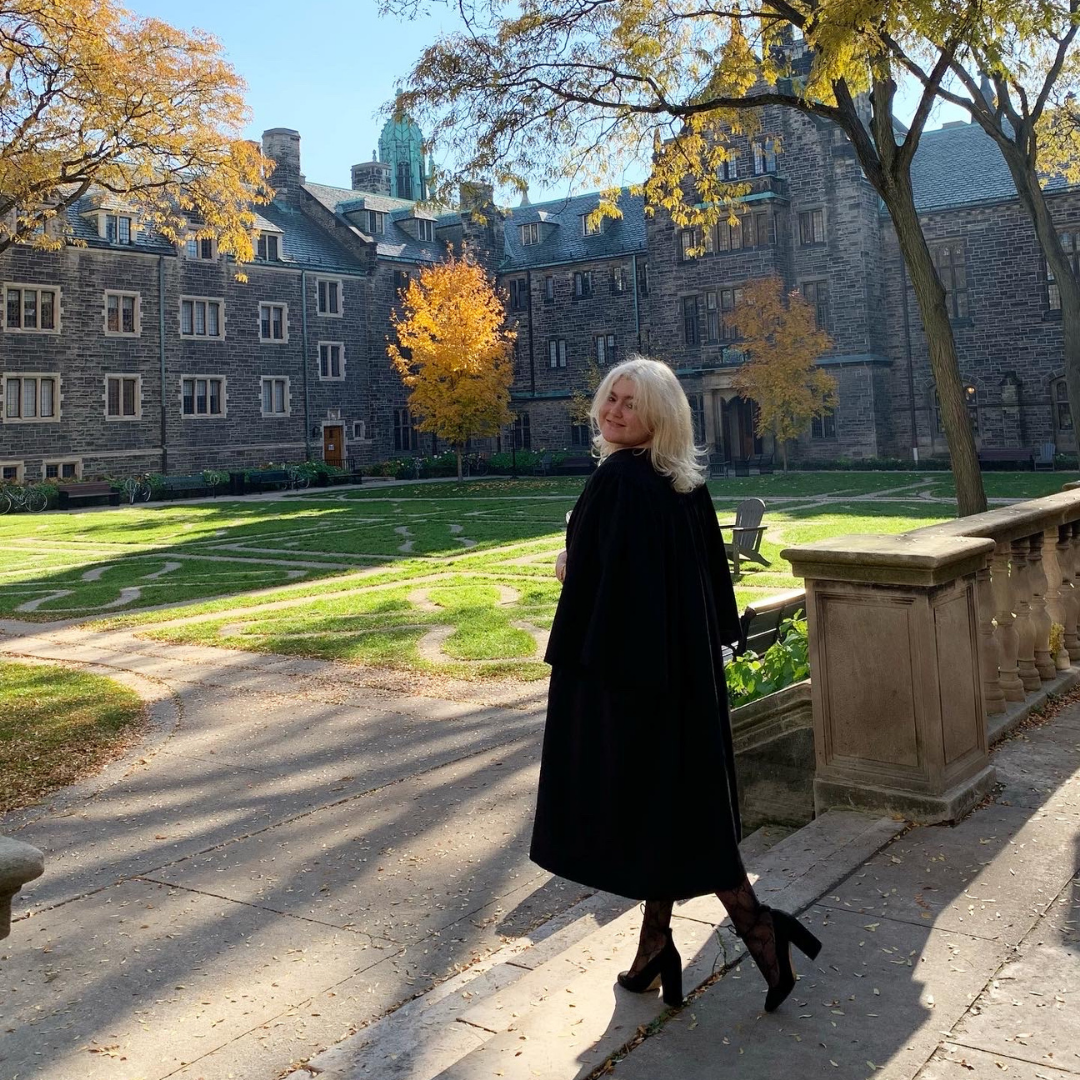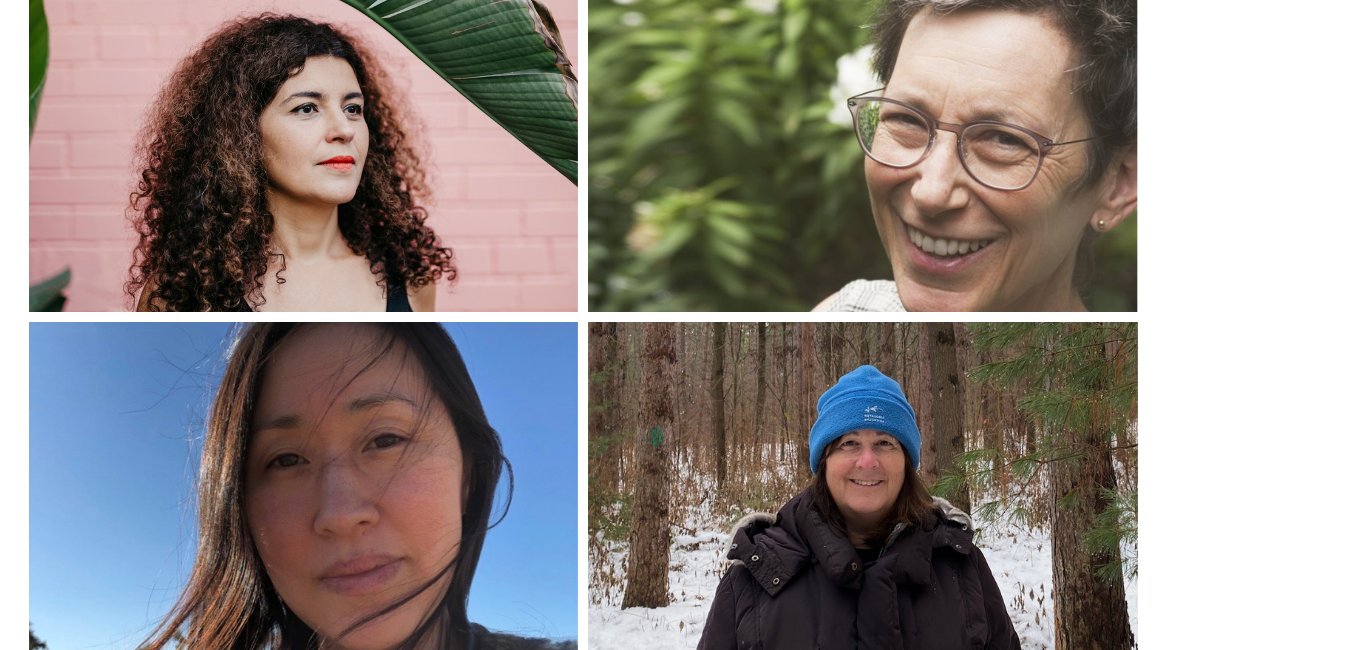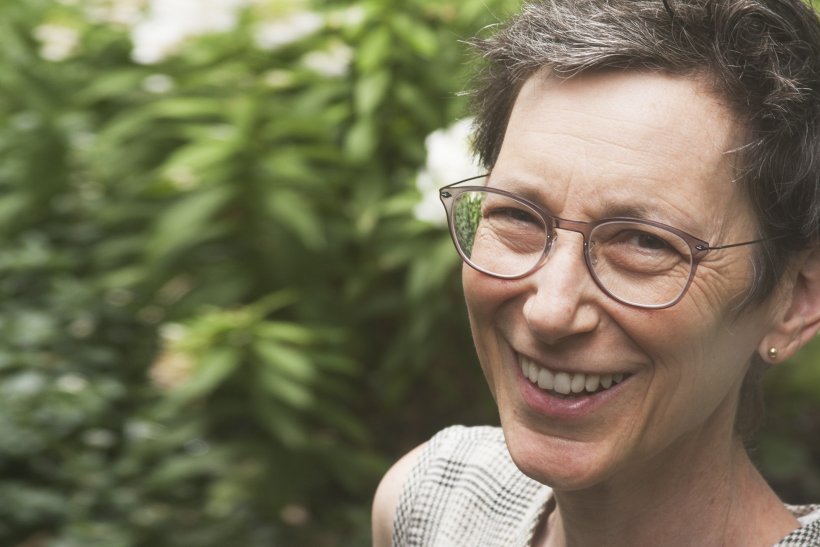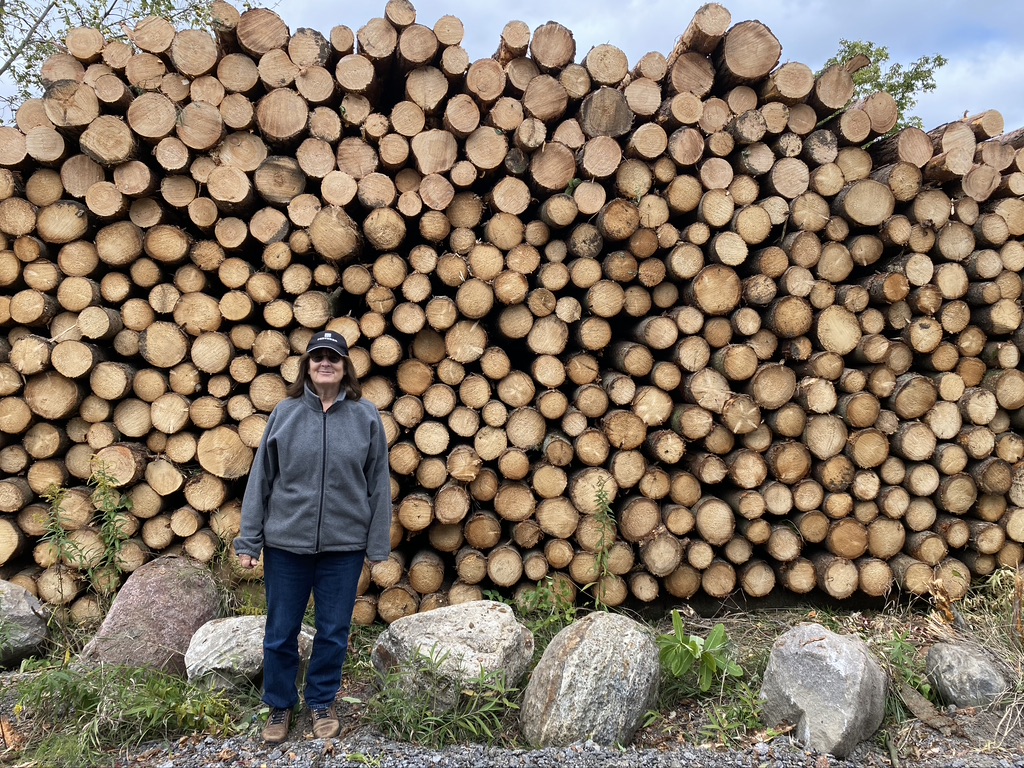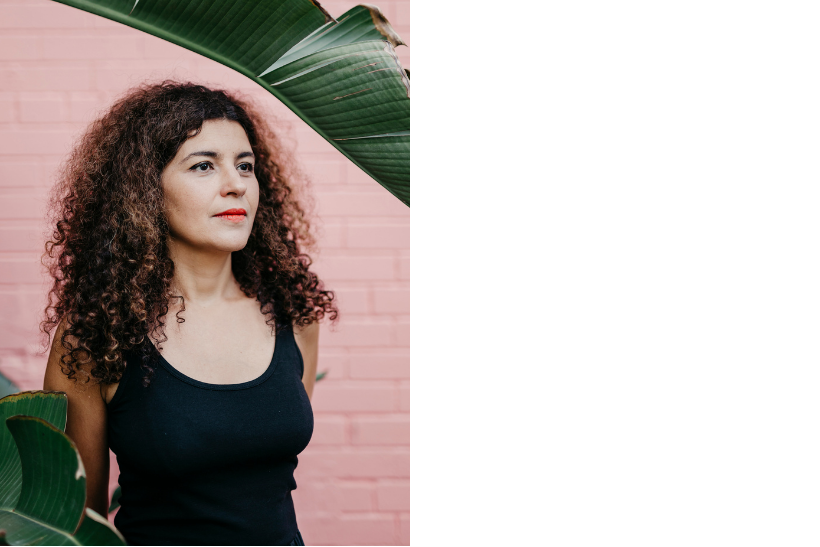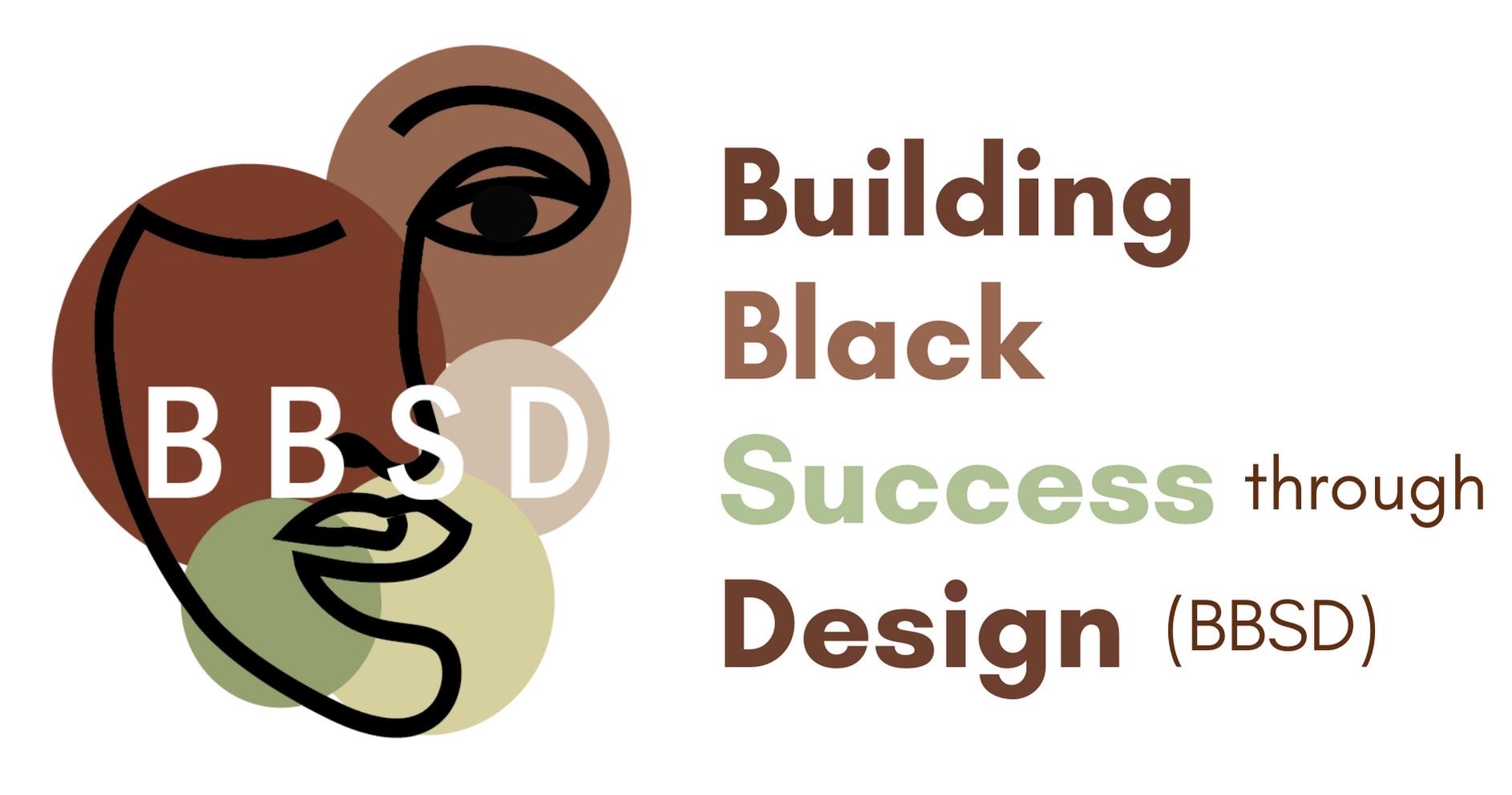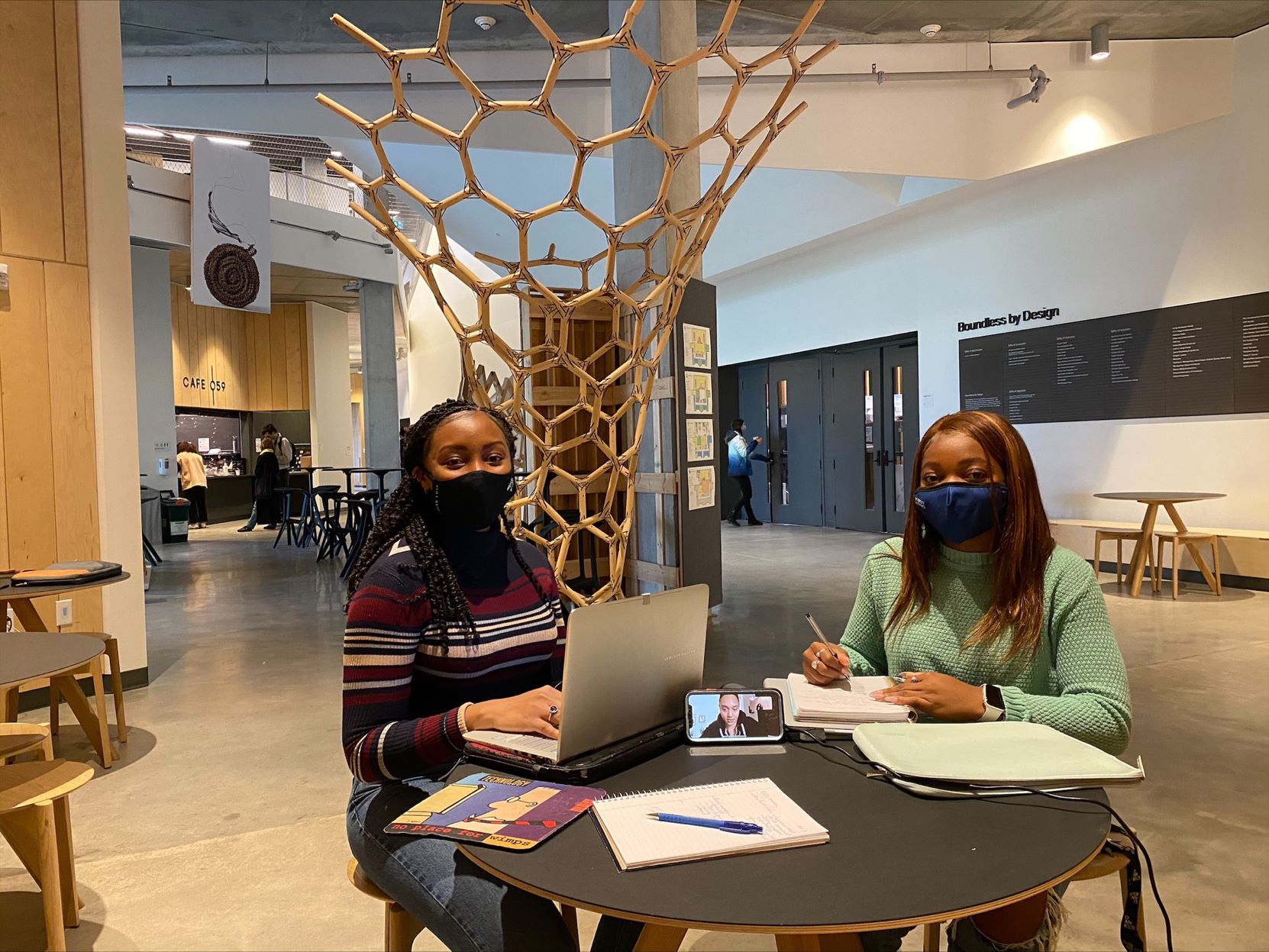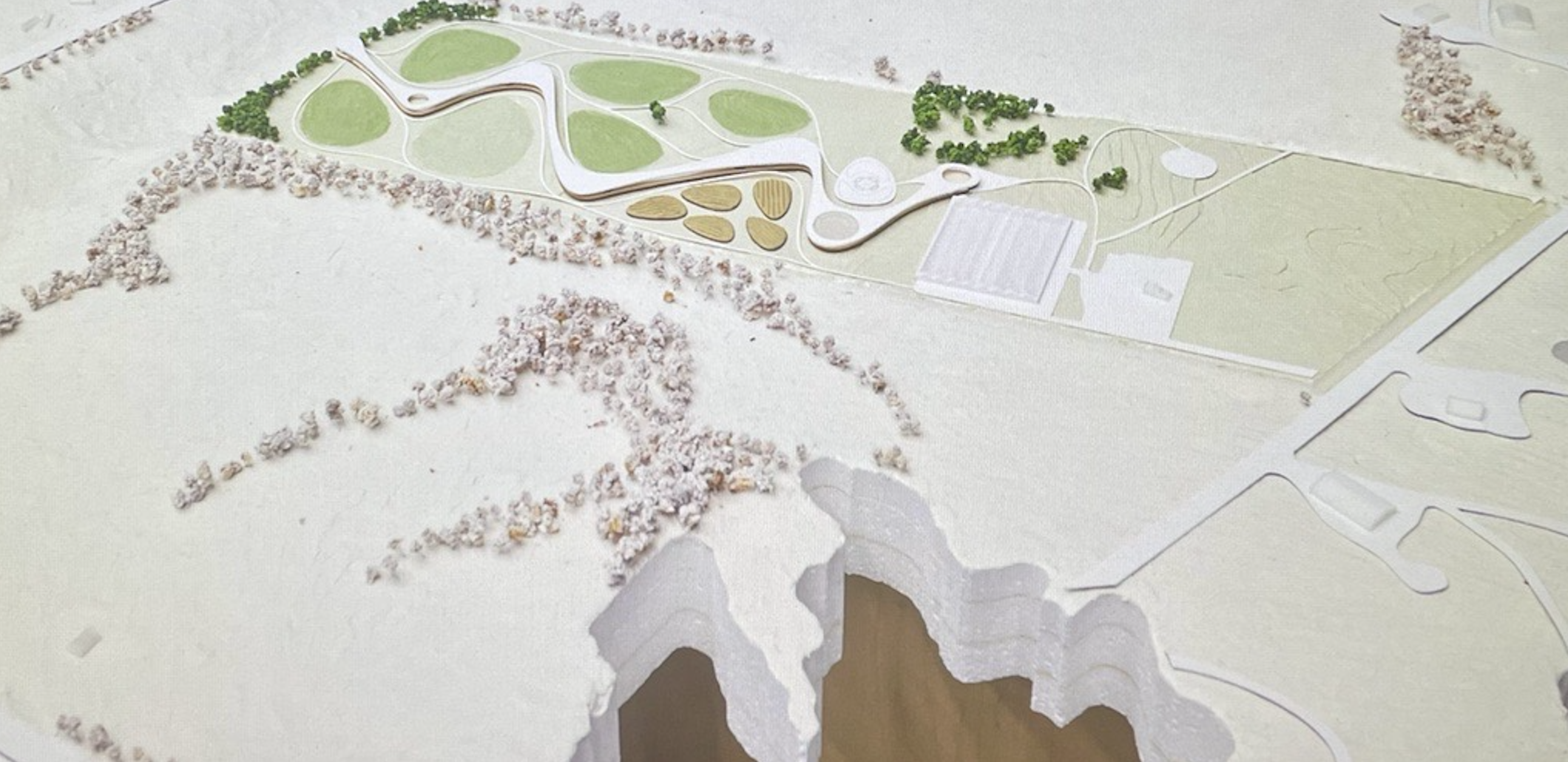
07.07.22 - Open Call: First Peoples Leadership Advisory Group
The Daniels Faculty is pleased to announce that, as part of our ongoing commitment to developing and enhancing Indigenous knowledge and capacity in our Faculty, the role of the First Peoples Leadership Advisor is being expanded to a First Peoples Leadership Advisory Group in order to diversify perspectives and include multiple experiences and expertise from broader Indigenous communities. The expanded role and responsibilities, as well as the public open call for applications, have been made in close consultation with U of T’s Office for Indigenous Initiatives and First Nations House.
In expanding this role to an Advisory Group to include three members, the Daniels Faculty, its students and our community will benefit from the contributions and advice of multiple perspectives. This group will work closely with a Faculty leadership team and use Wecheehetowin: Answering the Call, U of T’s response to the TRC report, to guide the directions of our efforts and build on work already undertaken within the Faculty.
This First Peoples Leadership Advisory Group will provide leadership and guidance within the Faculty to enable greater incorporation of Indigenous knowledge into the teaching curriculum and research activities. It will also expand connections and engagement with Indigenous peoples and communities for our students and faculty. And, perhaps most importantly, they will further support the next generation of students in the Daniels Faculty.
Key responsibilities include:
Curriculum enrichment:
- Providing curriculum and research support to the Daniels Faculty to ensure relevant and culturally grounded elements are included
- Collaborating with faculty on the design and implementation of Indigenous research and education content
- Supporting targeted requests from faculty for perspective and insight
Student support:
- Supporting current Daniels Faculty Indigenous students on culturally specific, financial, academic support or other issues as they arise; liaising with the Registrar or First Nations House as appropriate
- Advising non-Indigenous students seeking cultural perspective, input, resources or guidance
Advisory and outreach:
- Offer advice and counsel to the Dean and Faculty leadership
- Facilitating outreach or introduction into communities for projects or initiatives
- Supporting cultivation of pathways for future students to the Daniels Faculty
- Providing advice on pathways to admission for Indigenous youth and other potential students.
Service:
- Establish connections with the U of T Office of Indigenous Initiatives
- Working with Assistant Dean, Equity, Diversity and Inclusion on broader Faculty initiatives
- Advising or participating in ceremonies as requested
- The First Peoples Advisory Group will lead the creation of its Terms of Reference
Open Call: Those interested may apply via the following link by Friday, July 29, 2022:
First Peoples Leadership Advisory Group – Application Form
Applications will be reviewed by a committee comprised of members from U of T’s Office for Indigenous Initiatives and the Daniels Faculty Leadership Team, as well as representatives from Daniels Faculty Indigenous students and alumni.
Banner image: This year’s Design Studio 2 (ARC 1012) tasked Master of Architecture students with designing a seedbank for the non-profit Kayanase organization (student Alice Dong’s is pictured above) using both science-based approaches and Traditional Indigenous Knowledge. Part of the Daniels Faculty’s ongoing commitment to integrating meaningful Indigenous content into the curriculum, the first-year core MARC course was developed in collaboration with multiple Indigenous experts and directly addresses Call to Action No. 17 in U of T’s response to the report by the Truth and Reconciliation Commission. (Photo by Harry Choi)


